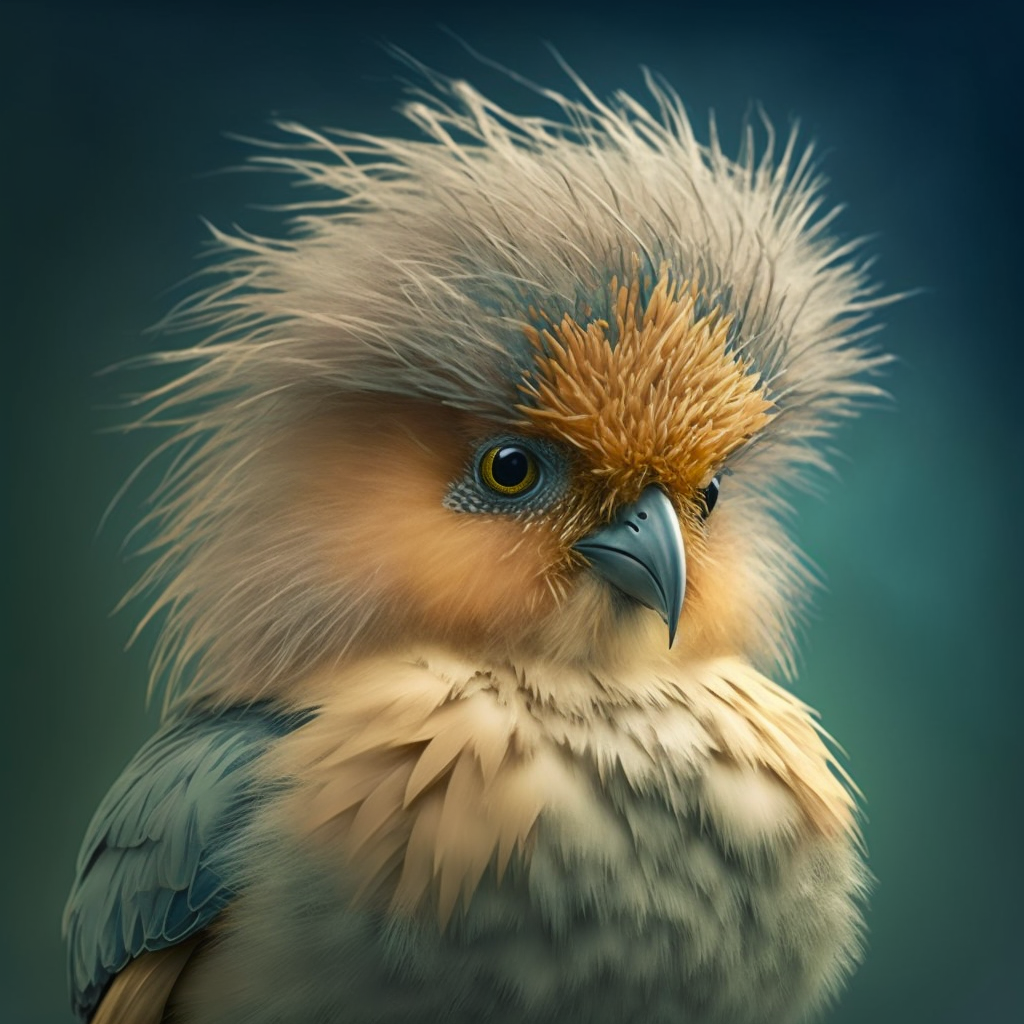Gabriella (Magnificent Pearch)
The Magnificent Pearch is a unique bird found in Central America. It has a distinctive frizzy head of feathers and wings of grey, striped with brown. It is a very resourceful bird and is known for creating its nests from scavenged cloth from clothes hangers, flags, and other materials. It has a particular fondness for colorful cloth and its nest is often an array of bright colors and textures.
The Magnificent Pearch is an omnivorous bird, but its favorite food is flowers. It prefers areas with dense foliage and fruit trees, where it can find plenty of food.
Mating rituals are an important part of the Magnificent Pearch’s life. Males and females will perform an intricate courtship dance, with the male showing off his bright plumage and singing a beautiful song. The female Magnificent Pearch usually lays three to four eggs at a time.
This bird is quite unique and has a suite of special adaptations. Its wings are designed to help it maneuver in tight spaces and its legs have evolved to be extra long, allowing it to reach further down into the trees to find food. It also has an incredibly acute sense of hearing and can pick up the sound of a predator from a mile away.
The Magnificent Pearch has a very unusual trait; it can speak a few words of human language. It isn’t used often, but occasionally it will say a few phrases like “I want food” or “Good morning”.
These birds are quite friendly and make excellent pets. If someone were to keep this bird as a pet, a good name for it would be Polly.
The Magnificent Pearch builds its nests in the crooks of trees or in the eaves of large buildings. It is an expert at weaving together cloth and twigs to create a well-made, protective home for its eggs. To avoid predators, the Magnificent Pearch is highly alert and will fly off in an instant if it senses danger. Its natural predators include hawks, eagles, and snakes.
The Magnificent Pearch is a very playful bird with a friendly personality. It loves to show off its feathers and enjoys interacting with other birds and humans. A group of these birds is called a ‘glittering’ because of the vibrant


Leave a comment